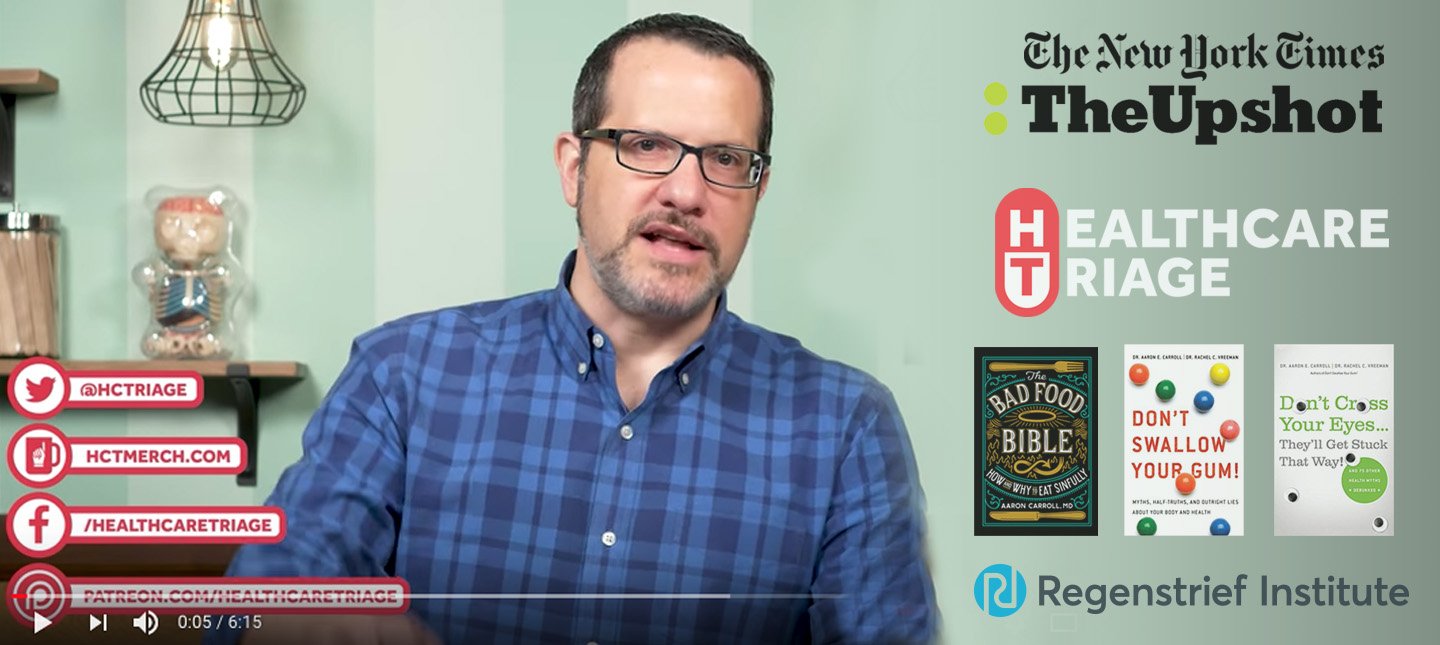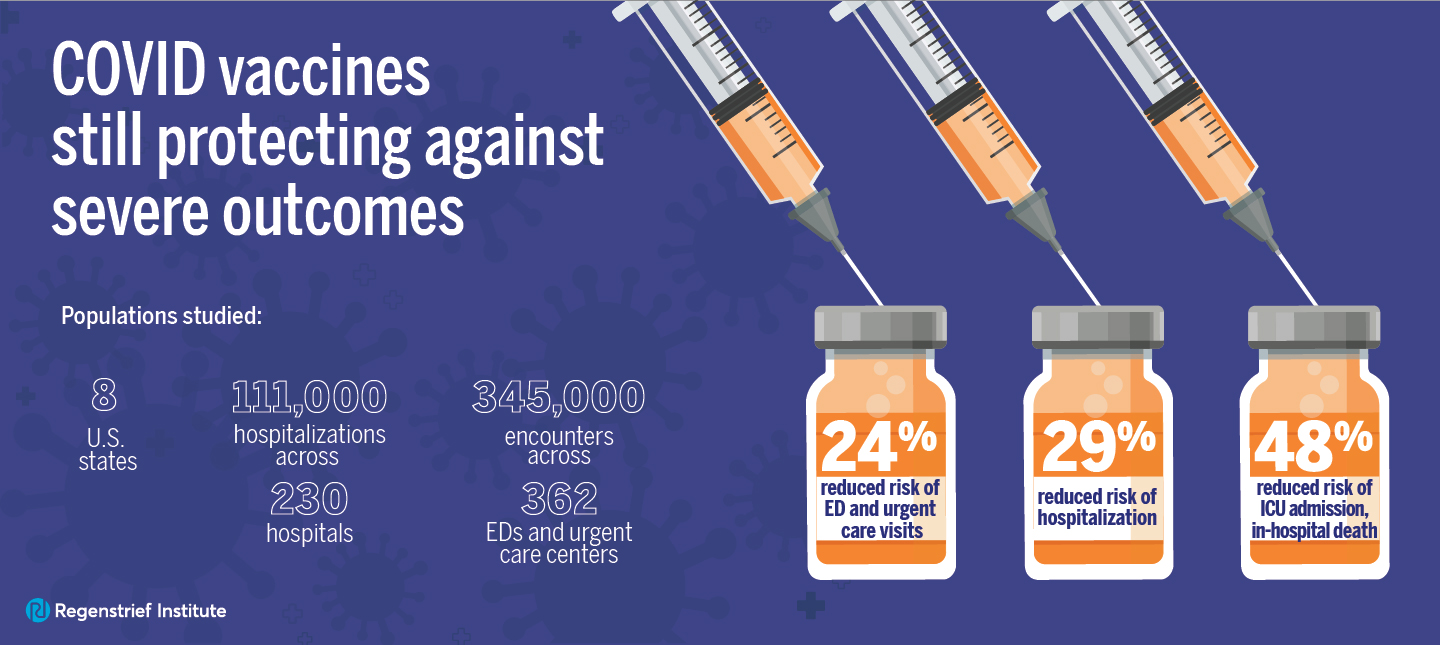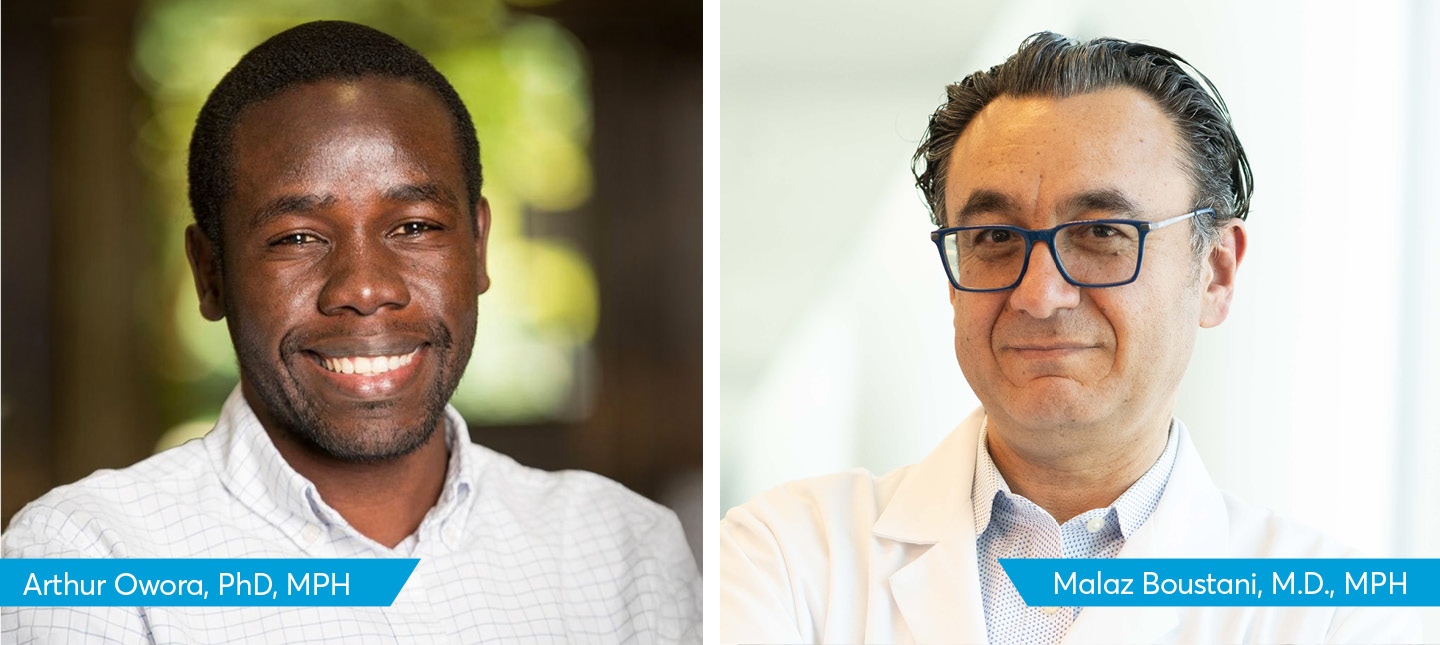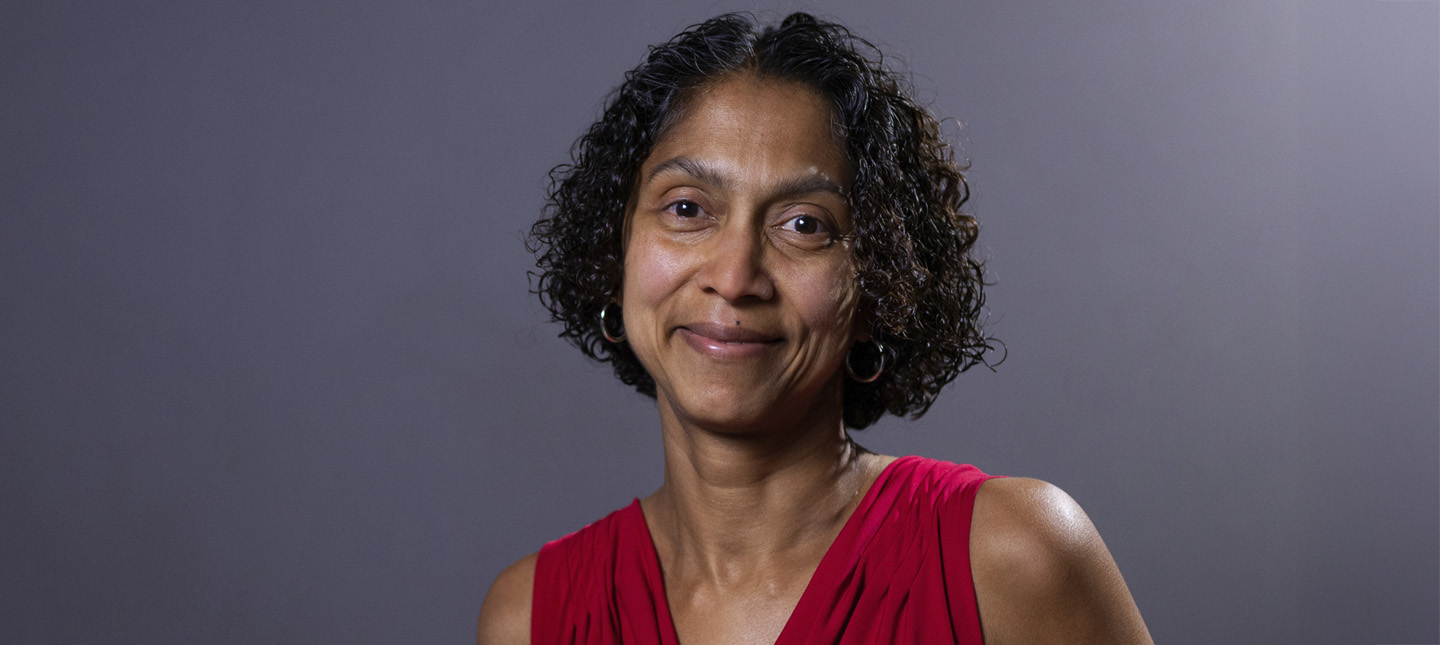Regenstrief Institute Vice President for Faculty Development Aaron Carroll, M.D., M.S., writes blogs, newspaper columns, books and more to help make the latest medical research understandable and applicable to the everyday person. Ten years ago, he started “The Incidental Economist” health services research blog with Austin Frakt, a health economist from Boston University. A few years later, Dr. Carroll started writing regularly for The New York Times section The Upshot. In addition, he runs the YouTube channel “Health Care Triage,” wrote the book “The Bad Food Bible: How and Why to Eat Sinfully,” and co-authored three more books on medical myths.
-
Research
- Experts
In The News
View All
Healthcare IT News features Dr. Thankam Thyvalikakath
Thankam Thyvalikakath, DMD, MDS, PhD, was featured in Healthcare IT...
Influence
View All
Rectal location and postcolonoscopy colorectal cancer outcomes
Published in the JAMA Network Open. Here is a link to...
- Opportunities
Featured Fellowship
View all- About

Regenstrief is dedicated to pioneering transformative solutions for a healthier world.
- The Latest
- Experts
Regenstrief VP translates medical research for the everyday person

Related News
COVID vaccine reduces severity of illness, death for adults, especially among at-risk populations
CDC partnership study includes data from 8 states, 362 E.D.s and urgent care centers, 230 hospitals A new multi-state
Rectal location and postcolonoscopy colorectal cancer outcomes
Published in the JAMA Network Open. Here is a link to the article. Regenstrief Institute authors: Thomas Imperiale, M.D. This
New digital marker could improve childhood asthma detection
Researchers at the Indiana University School of Medicine and Regenstrief Institute have developed a more accurate and cost-effective method
Health care workforce recovery after the end of the COVID-19 emergency
The COVID-19 pandemic significantly disrupted health care employment, with effects that varied across subsectors. Initial impacts included a 6.9
"*" indicates required fields






